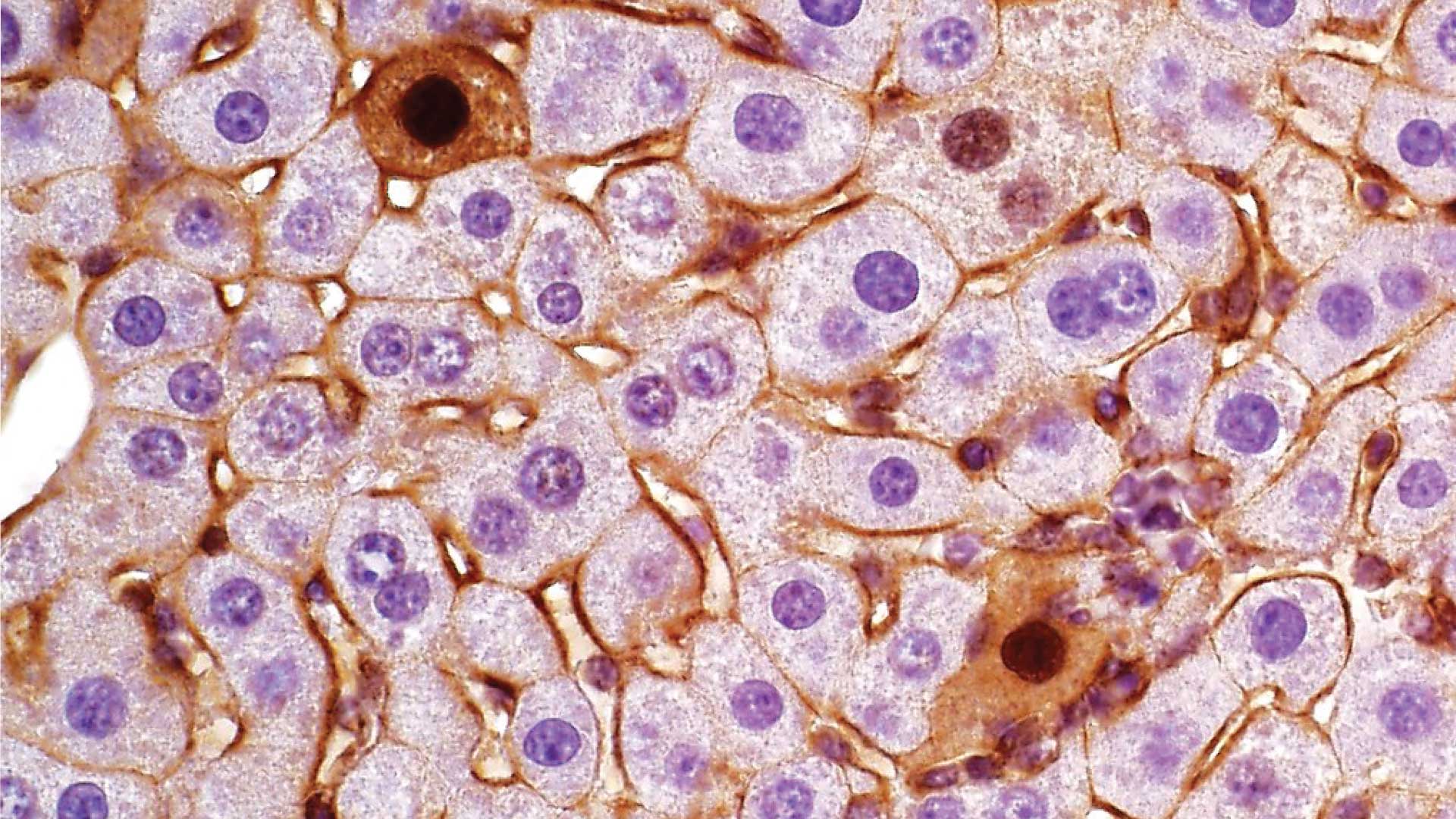Optical tweezers manipulate tiny things like cells and nanoparticles using lasers. While they might sound like tractor beams from science fiction, the fact is their development garnered scientists a Nobel Prize in 2018.
Tag: Gene Targeting
AI model for age-related disease target discovery
A new research paper was published in Aging (listed by MEDLINE/PubMed as “Aging (Albany NY)” and “Aging-US” by Web of Science) Volume 15, Issue 18, entitled, “Biomedical generative pre-trained based transformer language model for age-related disease target discovery.”
Shoshone-Bannock Tribes, Idaho National Laboratory Begin Irrigation Modernization Case Study
Idaho National Laboratory (INL) is partnering with the Shoshone-Bannock Tribes to modernize the Fort Hall, Idaho-based irrigation system.
Scientists develop universal donor stem cell therapy to treat degenerative brain diseases in a preclinical study
Scientists at City of Hope have developed universal donor stem cells that could one day provide lifesaving therapy to children with lethal brain conditions, such as Canavan disease, as well as to people with other degenerative diseases, such as Alzheimer’s and multiple sclerosis.

Time-varying orbital angular momentum generated by a metasurface
The orbital angular momentum (OAM) of electromagnetic waves — a kind of “structured light” — is associated with a helical or twisted wavefront. The helical modes are characterized by a topological charge. OAM beams with distinct topological charges are mutually orthogonal, which allows them to carry information and to be multiplexed.

Identifying cancer genes’ multiple personalities
Mutations in our genes can lead to severe problems, like colon or liver cancer. But cancer is very complex. Mutations in the same genes can lead to different subtypes of tumors in different people. Currently, scientists don’t have a good way to produce such tumor subtypes for study in the lab.
Trigger for world’s most common liver disease identified
University of Virginia School of Medicine researchers have discovered a key trigger for non-alcoholic fatty liver disease, a mysterious condition that causes fat to build up in the liver for no clear reason.
A new control system for synthetic genes
Using an approach based on CRISPR proteins, MIT researchers have developed a new way to precisely control the amount of a particular protein that is produced in mammalian cells.
Genetic test can diagnose certain immune system disorders
Primary immunodeficiency disorders (PID) can result in chronic and sometimes life-threatening infections.